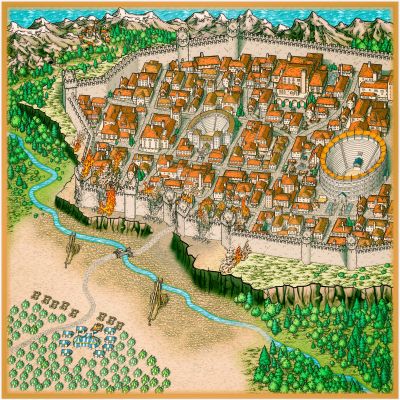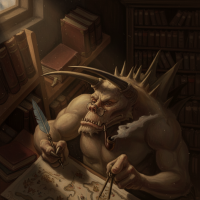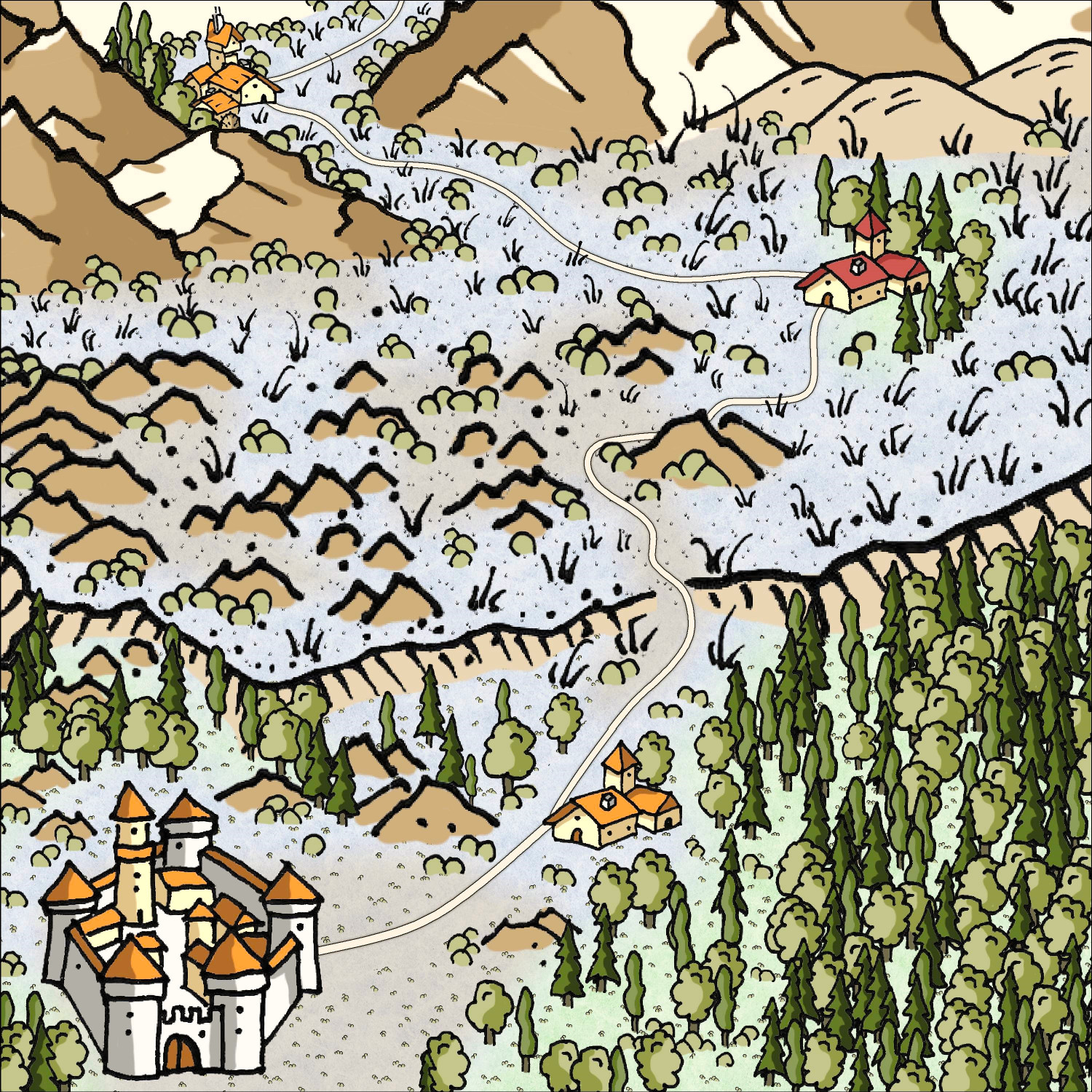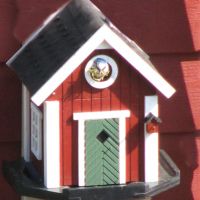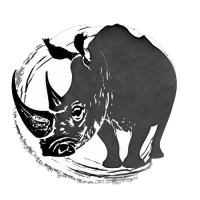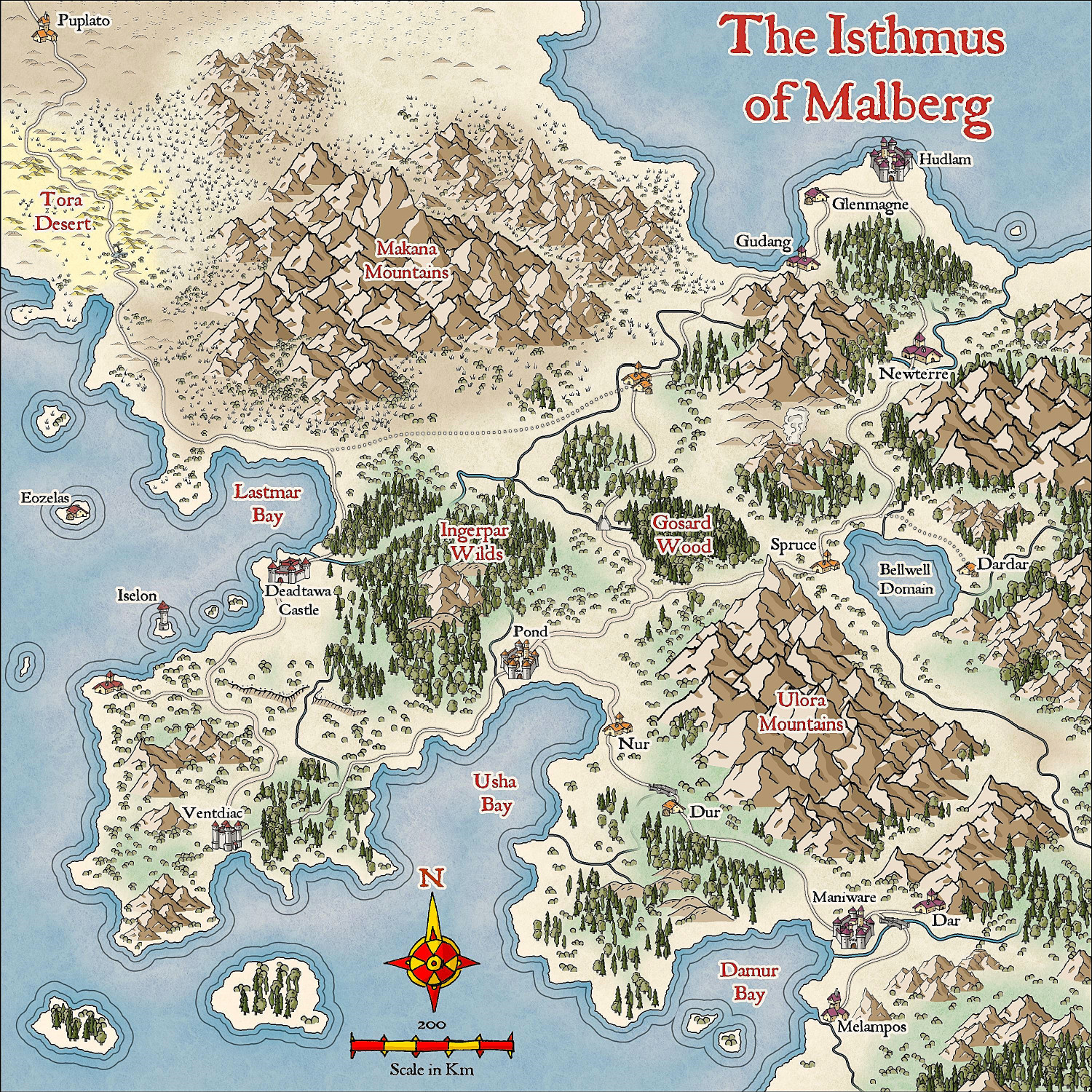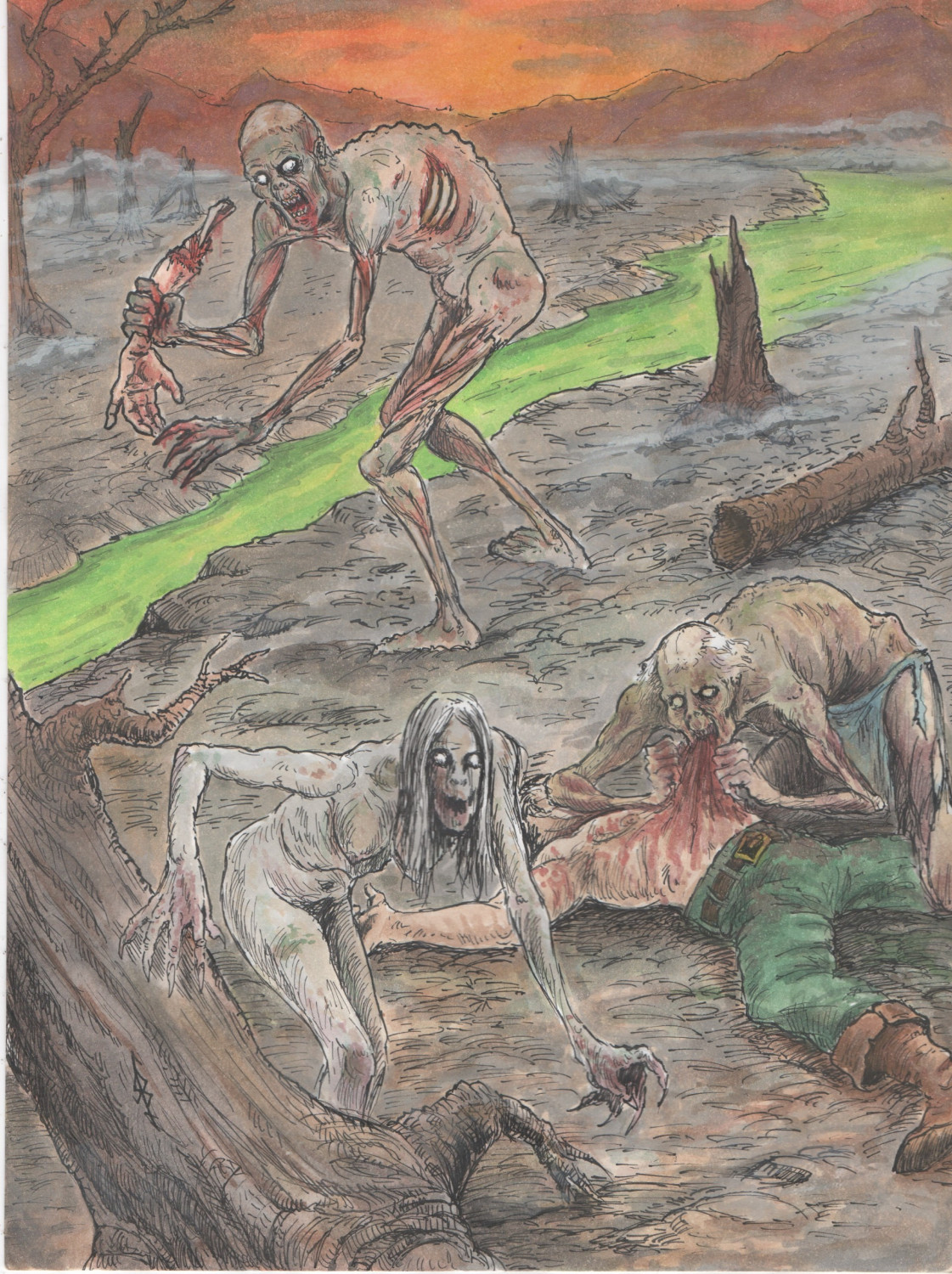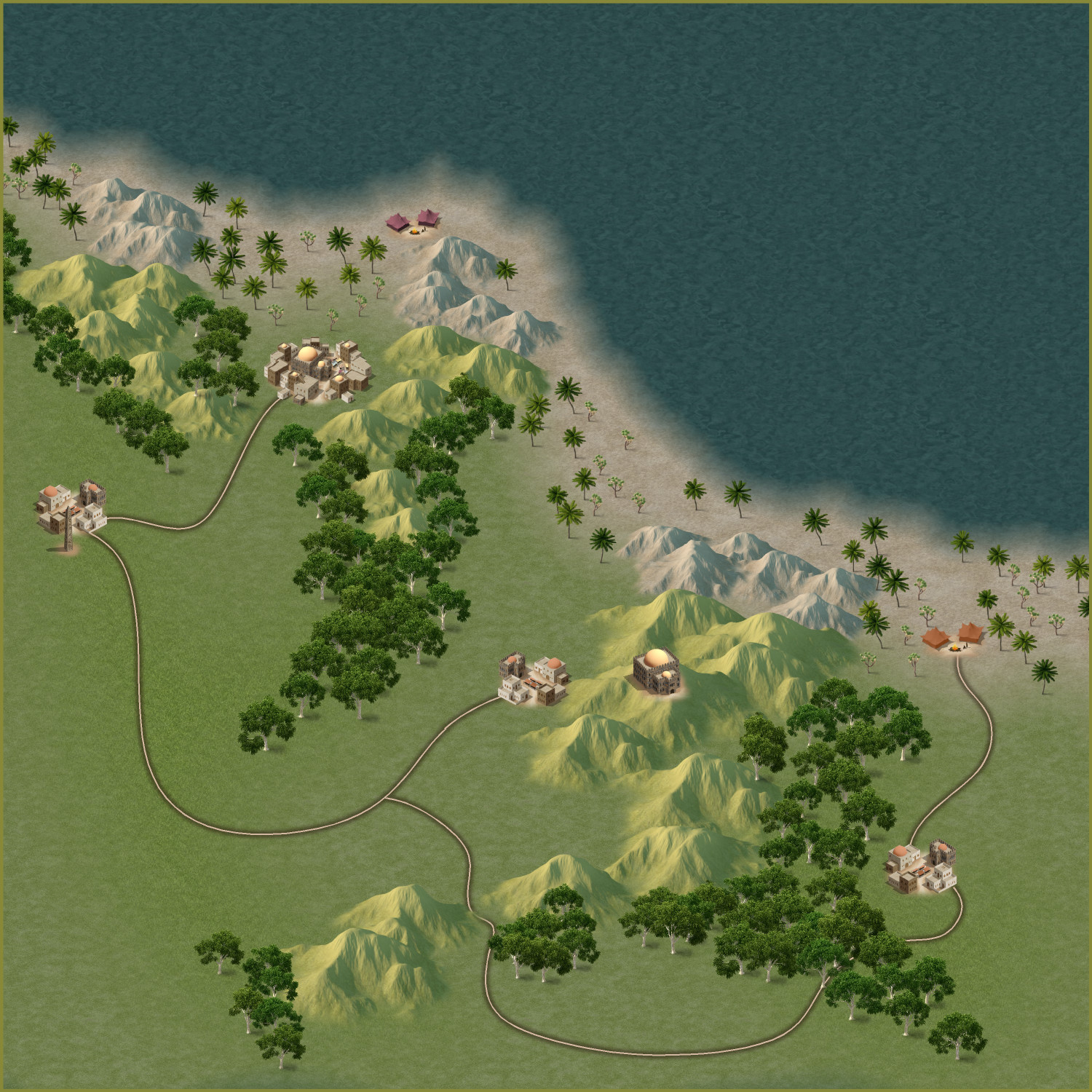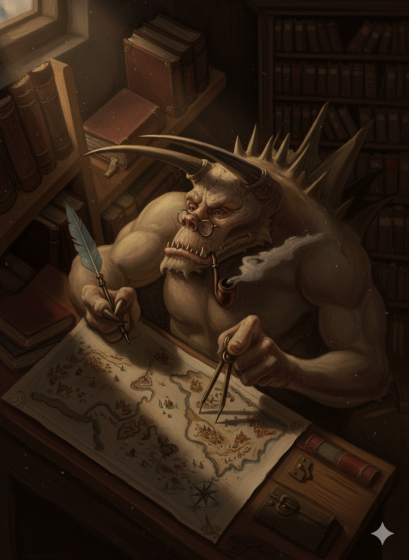
Ricko
Ricko
About
- Username
- Ricko
- Joined
- Visits
- 6,688
- Last Active
- Roles
- Member
- Points
- 10,516
- Birthday
- February 7, 1977
- Location
- merlo san luis argentina
- Rank
- Mapmaker
- Badges
- 22
Reactions
-
Hand-drawn Fantasy
-
WIP: ESTONISCH CONTINENT BIRDSEYE
-
Hand-drawn Fantasy
-
Community Atlas - Fonlorn Archipelago - Bleakness - Death Forest.
-
Issue with beach on Spectrum Overland
And... another possibility is to use two Lands sheets - both with inner edge fade and the lighter one - beach if placed below another more yellowish, greenish, rocky, etc. When you open this file you will see in the sheets a new sheet called Land Beach -------.


